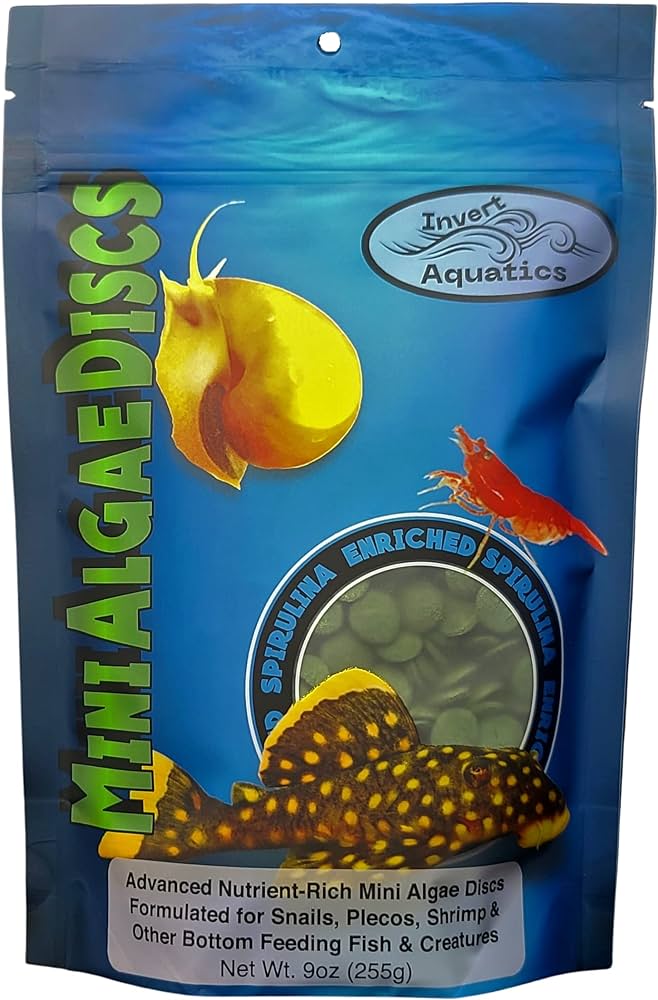Silkworm chow is a nutrient-rich artificial diet used to feed silkworms in the absence of mulberry leaves. It is a blend of mulberry leaf powder, vitamins, minerals, and necessary proteins.
Rearing silkworms requires a steady diet to ensure healthy growth and silk production, and silkworm chow offers a convenient alternative when natural foliage is unavailable or out of season. This artificially formulated food helps maintain the silkworms’ dietary needs and can be easily stored and prepared.
Breeders favor this option for its consistency and the reliability it provides in managing the nutritional intake of their silkworm colonies. It is essential for those invested in sericulture to understand how to properly mix and serve silkworm chow to support the optimal development of these valuable insects. Ensuring the correct preparation of silkworm chow can lead to a more fruitful and efficient silk extraction process.
Silk Road To Health: The Importance Of Quality Silkworm Chow
Silkworms need nutrient-rich food to grow well and produce high-quality silk. The feed they eat directly impacts the strength and luster of the silk they produce. High protein and vitamins in their diet can lead to better silk production.
By ensuring quality silkworm chow, silk farmers support the health of their worms. A balanced meal for silkworms includes mulleberry leaves or a special chow. This chow mimics the natural nutrients found in their favored leaves.
The Secret Ingredients: What Goes Into Silkworm Chow
Silkworm chow is a crucial diet for healthy silkworm growth. A staple in silkworm nutrition, mulberry leaves offer the essential vitamins and proteins silkworms need. Natural components, predominantly mulberry, are often preferred over commercial mixes. While natural mulberry leaves might not always be accessible, specially formulated silkworm chow serves as a practical alternative.
Ready-made chows often blend soybean meal, cornmeal, and yeast to mimic mulberry’s nutritional profile. Silkworm breeders rely on these mixes when mulberry leaves are out of season. The chow ensures silkworms get a balanced diet year-round. By providing this, they can nurture strong, silk-producing caterpillars.
Home-brewed Recipes: Crafting Silkworm Feed At Home
Making silkworm chow at home is easy and cost-effective. You will need mulberry leaves, which are the silkworms’ natural diet. Dry these leaves and grind them into a fine powder. Blend this powder with soybean powder and cornmeal to create a balanced mix. The ideal ratio is 3:1:1. Make sure to always use fresh leaves for the most nutrition. Silkworms grow quickly and need high-quality food.
To maintain freshness and ensure nutritional value, store your silkworm chow in a cool, dry place. An airtight container is best to keep moisture out. You can also freeze the chow for long-term storage. Feed your silkworms small amounts to avoid waste.
Regularly check the chow for mold or spoilage. Discard any that looks or smells off. Healthy silkworms are vital for silk production and this home-brewed feed will support their growth. Remember, feed fresh and store smart!

Tailoring The Diet: Adjusting Recipes For Different Silkworm Stages
Catering to the nutritional needs of silkworms is crucial at each life stage. A precise mix of ingredients ensures healthy growth from hatchling to cocoon. For tiny worms, a high-protein diet kickstarts their development. As they grow, the food’s consistency needs changing for easy consumption.
For maximum growth, blend mulberry leaves with the right amount of water. This creates a soft paste for young worms. Older silkworms require less water for a firmer chow. Always ensure the mixture is free of lumps for the silkworms to eat it well.
Common Mistakes To Avoid In Silkworm Feeding
Finding the perfect balance between overfeeding and underfeeding silkworms is crucial. Give silkworms enough chow to eat in one sitting. They should finish their meal before the next one. Don’t let leftover chow rot; it can harm your silkworms.
Keep ingredients fresh for the best silkworm chow. Use ingredients before their expiration date. Store them in cool, dry places. Seal the ingredients in airtight containers. This keeps the chow nourishing and safe for your silkworms.

The Expert’s Take: Insights From Sericulture Specialists
Sericulture specialists often combine scientific research with traditional silkworm chow preparation methods. Experts weigh in on the homemade chow debate, highlighting the exact proportions of proteins, carbohydrates, and essential nutrients necessary for optimal silkworm growth. Through case studies, they share success stories where tweaks to the recipe have resulted in better silk quality.
Yet, these studies also share cautionary tales. Certain ingredients, if not properly measured, can lead to unhealthy silkworms and inferior silk. Special attention is given to the quality of mulberry leaves—the primary component. Experts insist on the importance of leaf freshness and correct drying techniques. Silkworm farmers are encouraged to integrate these findings into chow preparation for enhanced sericulture outcomes

Frequently Asked Questions For Silkworm Chow Recipe
What Is Silkworm Chow?
Silkworm Chow is a specially formulated diet designed for the nutritional needs of silkworms. Unlike mulberry leaves, their natural food, it can be used year-round and is convenient for silkworm breeders.
How Do You Prepare Silkworm Chow?
Preparing Silkworm Chow involves mixing the powder with water until it reaches a semi-solid consistency. Once mixed, it’s spread thinly on a tray to dry and then cut into strips or pieces for feeding.
Can Silkworm Chow Replace Mulberry Leaves?
Yes, Silkworm Chow can replace mulberry leaves as it provides all the necessary nutrients for silkworms. It is particularly useful when mulberry leaves are out of season or unavailable.
What Ingredients Are In Silkworm Chow?
Silkworm Chow generally contains mulberry leaf powder, soybean protein, wheat flour, and necessary vitamins and minerals. These ingredients mimic the nutritional profile of fresh mulberry leaves.
Conclusion
Crafting your own silkworm chow is a rewarding endeavor. Embrace this sustainable option to nourish your silkworms effectively. Your careful preparation ensures their health and your success in silk production. Ready to embark on the journey? This recipe is your perfect starting point.
Happy sericulture!

